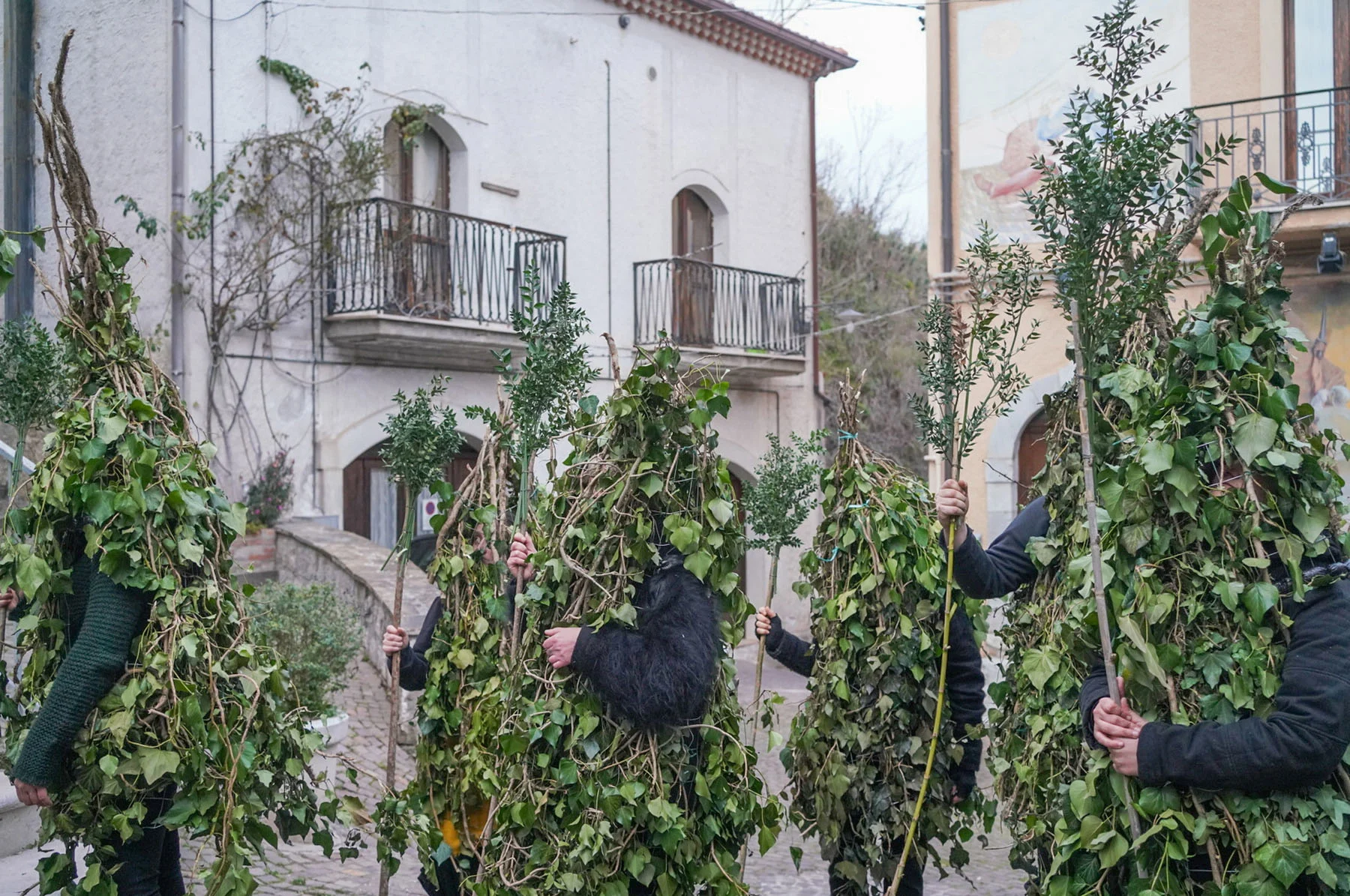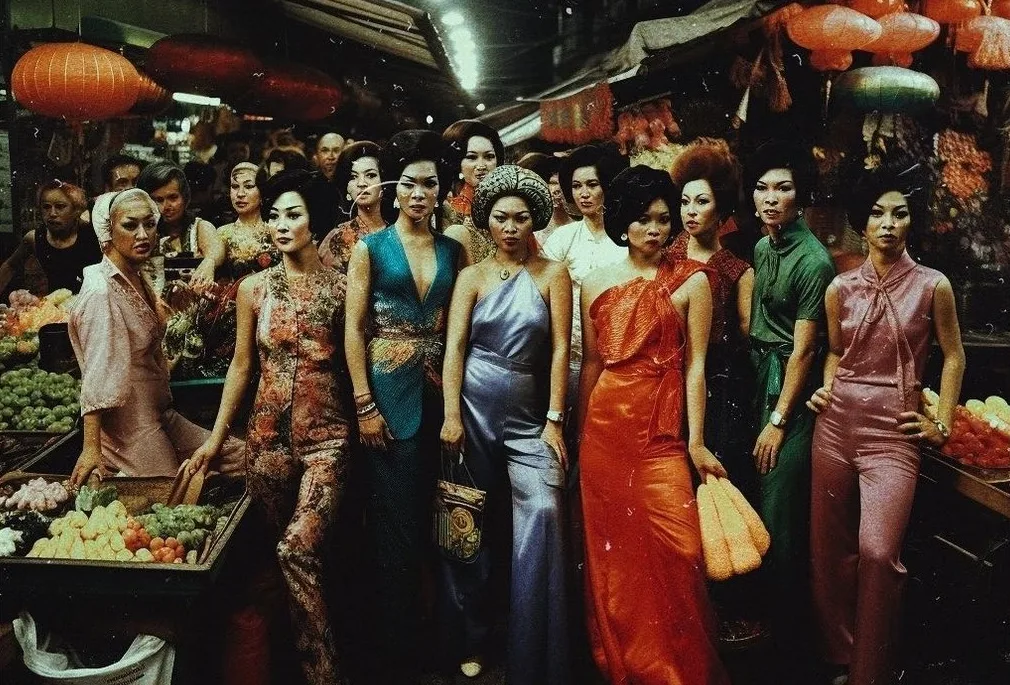

In late June, after months of sweltering heat, the rain arrives in Mumbai, drenching everything in sight and offering some much-needed relief from the intense summer humidity. Ever since he was a child, photographer Yash Sheth has eagerly awaited the monsoon season, fascinated by how it shifts the city’s dynamic and its citizens’ lives. For five years, he has documented these changes in “Varsha Ritu,” which means “rain season” in Sanskrit. Here, Sheth talks to writer Gem Fletcher about the impact of climate change and what he’s discovered about our relationship with nature.

In Yash Sheth’s photographs of Mumbai, the monsoon is a persistent presence. It comes down hard, pouring, drenching and encasing everything in sight. Sometimes, it smolders, steam-like, blurring the lens. It can also have a graphic tangibility, embodying a wall of water hurtling intensely towards his subject. “Varsha Ritu” is a poetic celebration of these contrasts and the tenacity of human nature.
“It’s hard for me to articulate my love for the rainy season,” says Sheth. “It’s been my favourite season of the year from my childhood days. When I would see the rain start, I’d run outside and play football and cricket with my friends. Even now, my inner child rouses once it starts to rain.” The arrival of the monsoon season is not just about play, it marks a critical shift in seasons. “Our summers are incredibly harsh; it feels like you are living in an oven, so the monsoon brings relief, even more so for those in marginalized communities who don’t have access to air conditioning. In different ways, it brings a lot of joy for Mumbaikars.”


Mumbai lies on India’s west coast and is shaped by various contrasting identities, landscapes and ideals. Previously known as Bombay, the busy metropolis has a population of more than 20 million and is home to Asia’s largest slum in Dharavi while also being India’s financial capital. Even geographically, it seems to be a microcosm of India, consisting of seven islands with varied terrain, including dense suburbs, jungle, beaches, indigenous fishing villages and 2,000-year-old caves.
Sheth, who is 30 and was born in Mumbai, says that in making “Varsha Ritu,” he began to understand the city from a new perspective. “Even if you walk a few kilometers in this city, the whole view changes,” he says. “I still keep discovering new places. In making this work, it was important to me to document the lesser-known outskirts of the city, including the farmlands, grasslands, creeks and hills. The wave of change hasn’t reached there yet, and it feels like time has stood still.”

Sheth never set out to be a photographer and wasn’t exposed to art growing up. While training as an engineer, he randomly bought a cheap point-and-shoot camera, inspired to communicate through pictures on Instagram. Making photographs became a daily ritual, and his new obsession led to hours of online research on YouTube and the Magnum website, listening to photographers talk about their approach and craft. “Inspiration is everywhere,” Sheth tells me about his ethos. “You just have to look for it. I believe everybody has something unique that you can learn from.” After a few years of self-initiated practice and some positive feedback on social media, Sheth abandoned engineering to pursue a photography career.
Following the ethos of a street photographer—although Sheth prefers not to label his practice—he walked hundreds of kilometers to do the work. Fascinated by the diversity of his city, he explored different constituencies to see how the rain impacted each individual community. “I love how the mood of this city changes once it rains. People start running for shelter. They cover themselves with whatever they can find: plastic sheets, utensils, newspapers. Children start playing, throwing water at each other. Witnessing all this brings me so much joy.”


The monsoon has become a point of paradox; people enjoy it and suffer from it at the same time.
Rain is at the heart of Mumbai’s prospects—a key factor in its mighty agricultural prowess and striking wildlife—and, in turn, its many problems, such as flooding and food insecurity. While capturing the beauty of rain was Sheth’s initial motivation to make “Varsha Ritu,” he is now interested in exploring the social and ecological consequences of climate change.
“We are an agriculture-driven nation, so when the monsoon arrives late, it destroys crops and impacts food production significantly,” he says. “Interrupting the harvest is just one side of the problem. The increasing intensity of the monsoon is wreaking havoc. Our low-lying areas get waterlogged, and flooding impacts everything from transport to housing. The monsoon has become a point of paradox; people enjoy it and suffer from it at the same time.”



Connecting with people comes first; photography is a secondary thing.
Community didn’t just catalyze Sheth’s career; it’s the beating heart of his work. For him, photography is a social practice, a way to connect with his community and share life experiences. “Connecting with people comes first; photography is a secondary thing,” Sheth tells me about his approach. “People I document may start out as strangers, but they become friends. When I’m shooting, I’m not just taking pictures; I’m talking with people, and we go for tea or have dinner together. We get to know each other. Photography has to be a mutual thing.”
While Sheth may explore nuanced ideas, his practice at large feels more akin to a time capsule, capturing Mumbai’s people, places, feelings and stories against the backdrop of social and environmental shifts. “Mumbai is always changing,” explains Sheth. “If you visit today, it won’t look the same when you return in five years. Photography has offered me this new way to connect with humanity. I’m fascinated by how the changing nature of the city has been documented over the years and want my work to be part of that visual history.”

